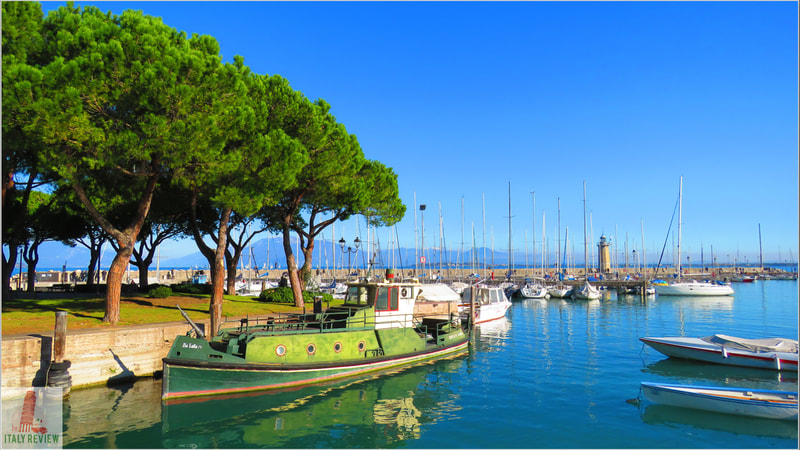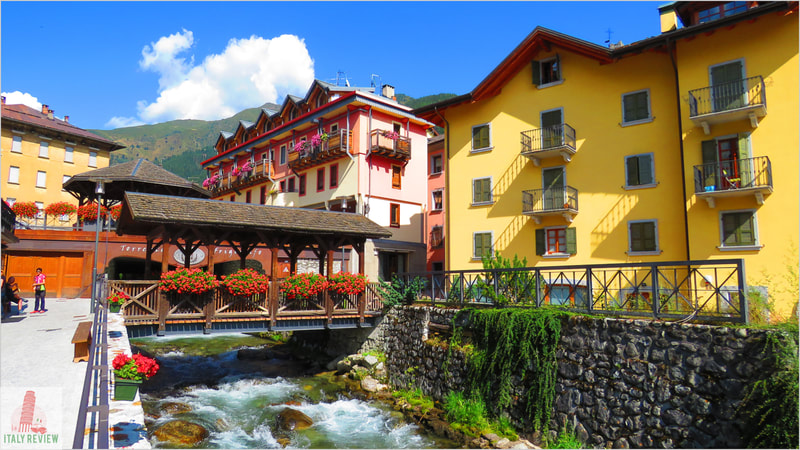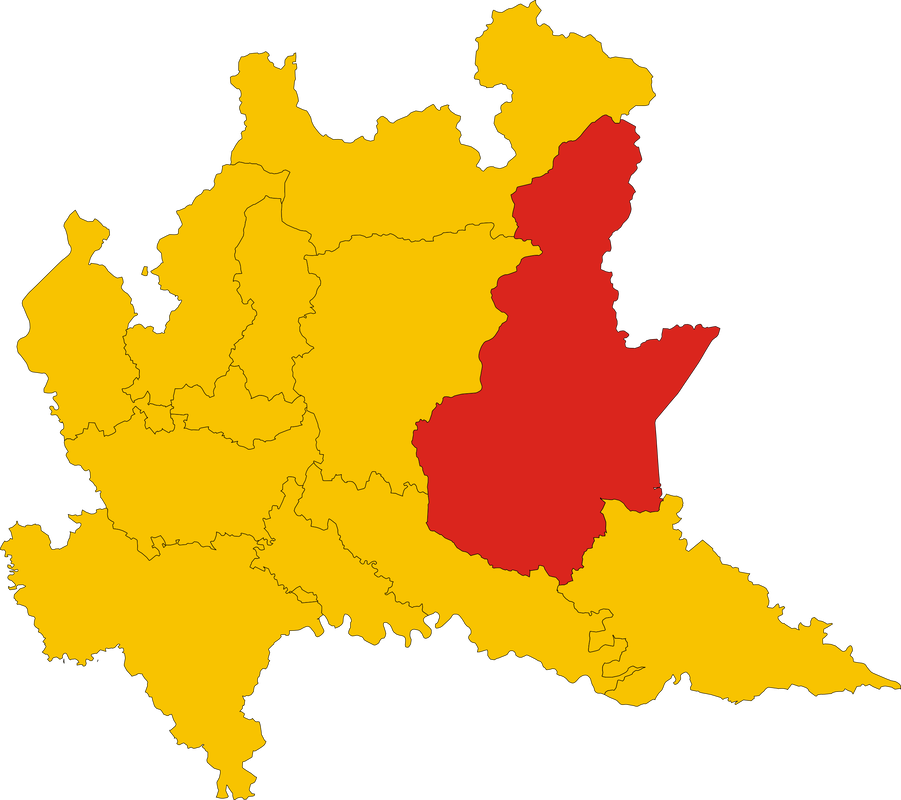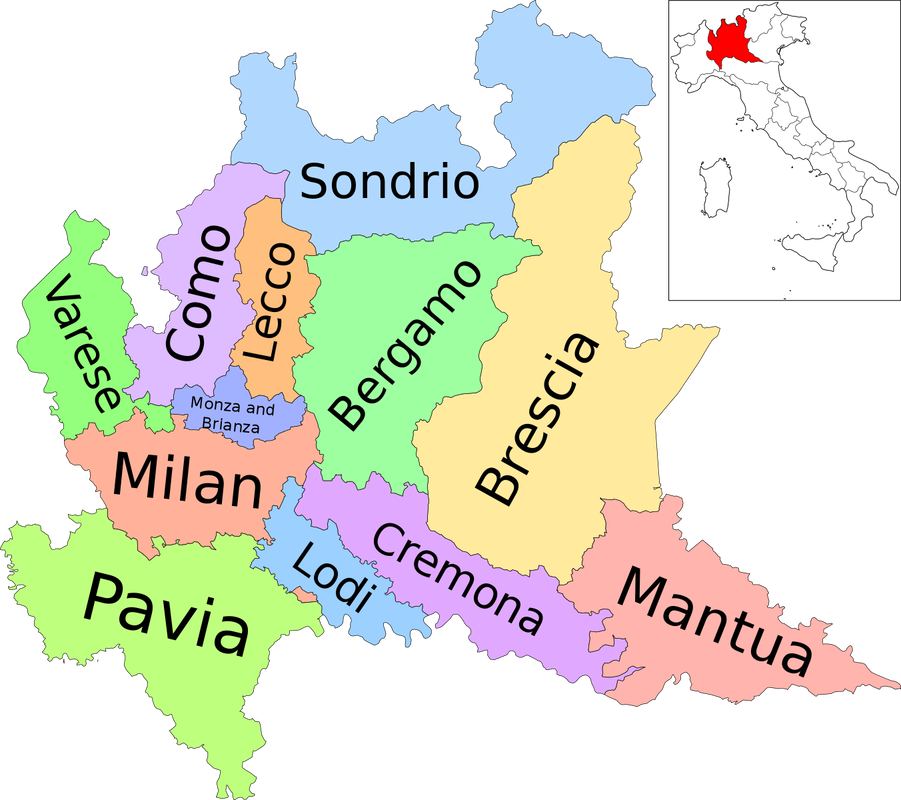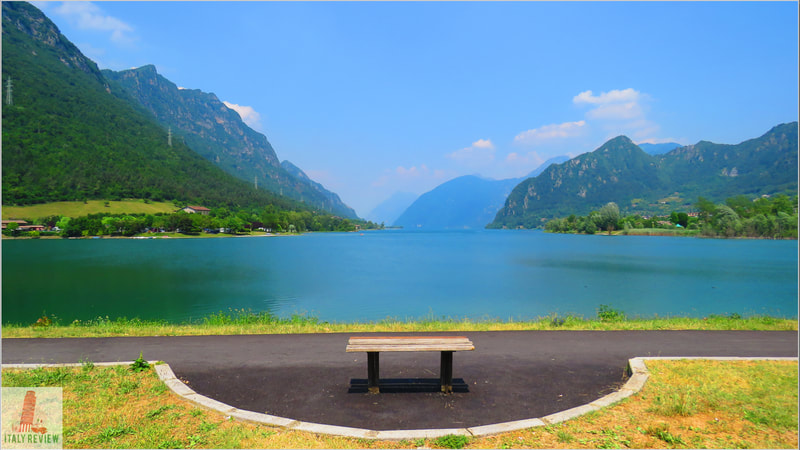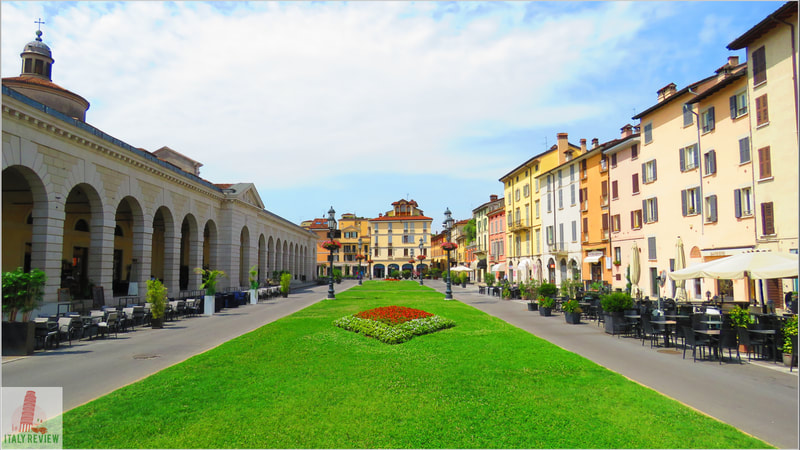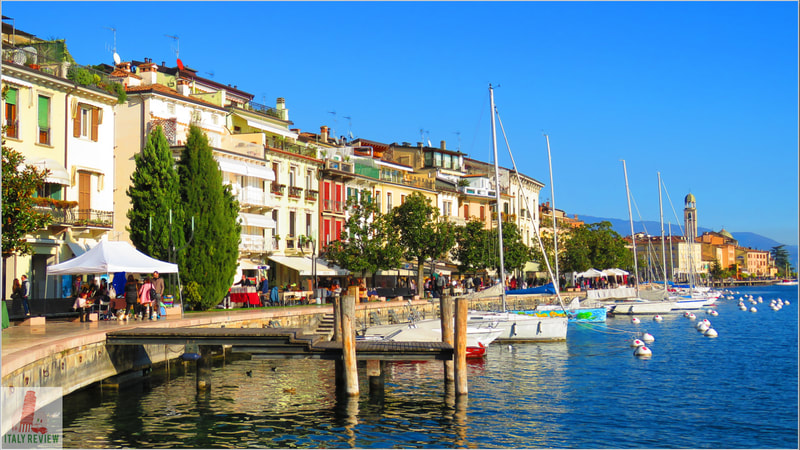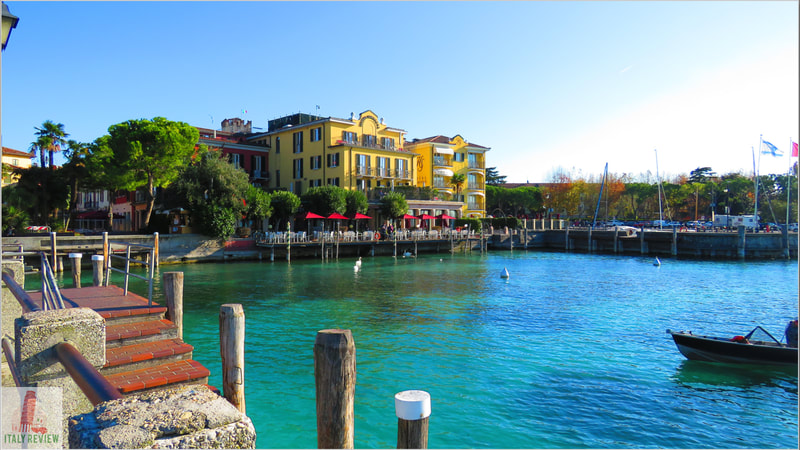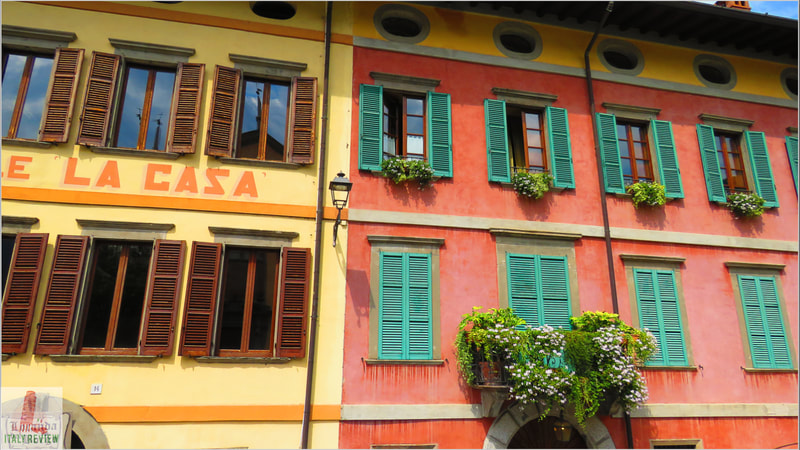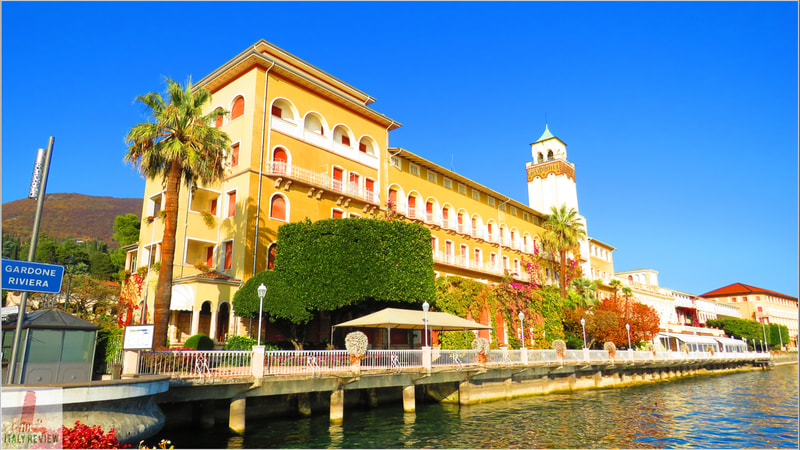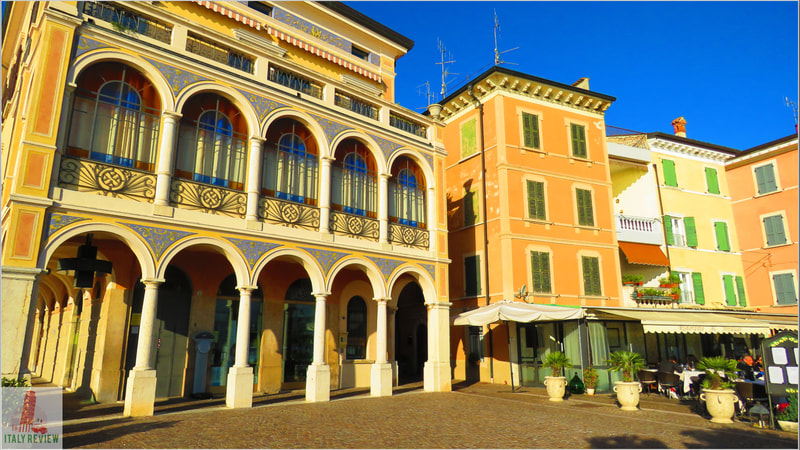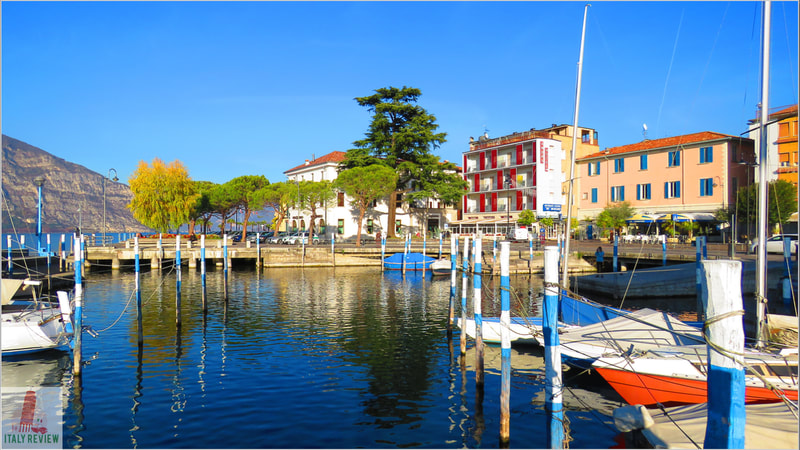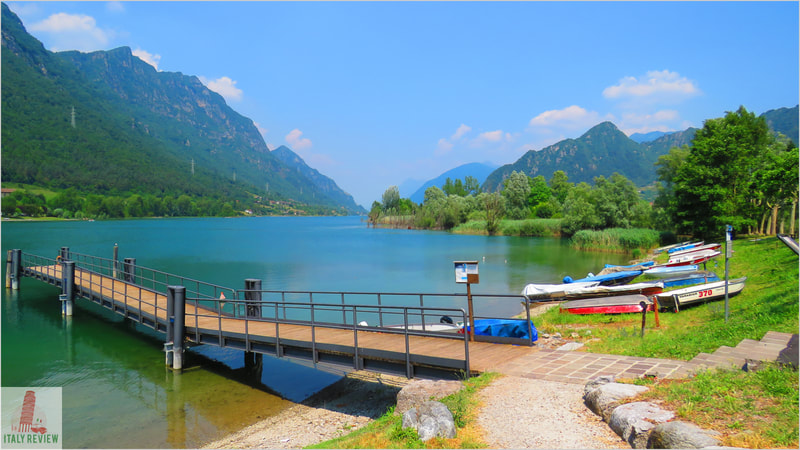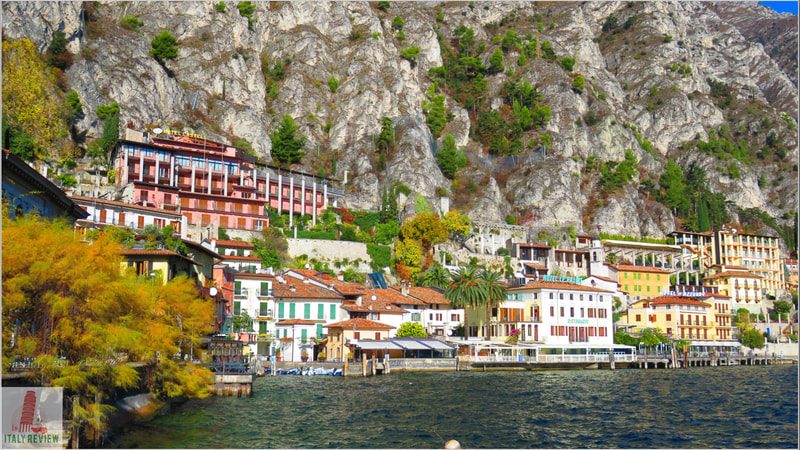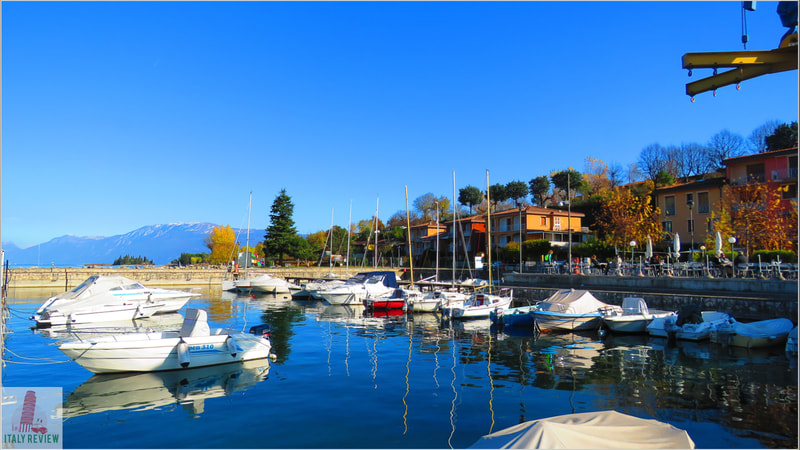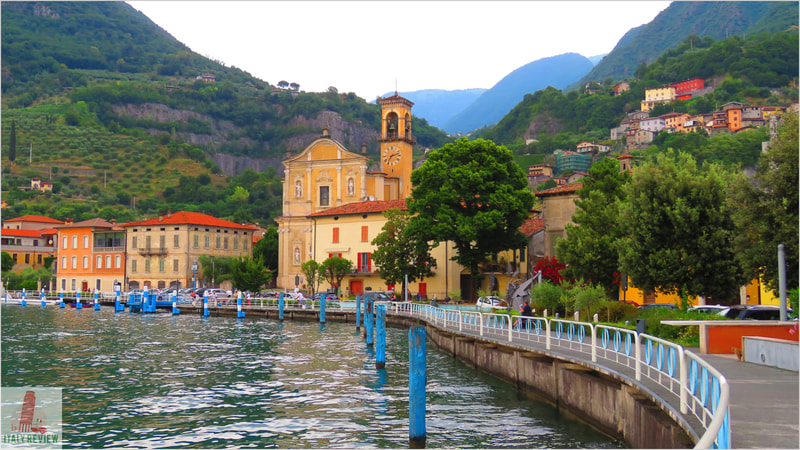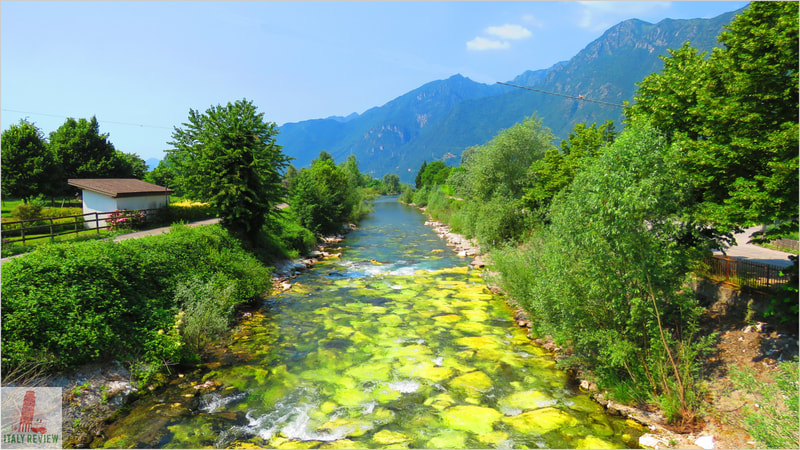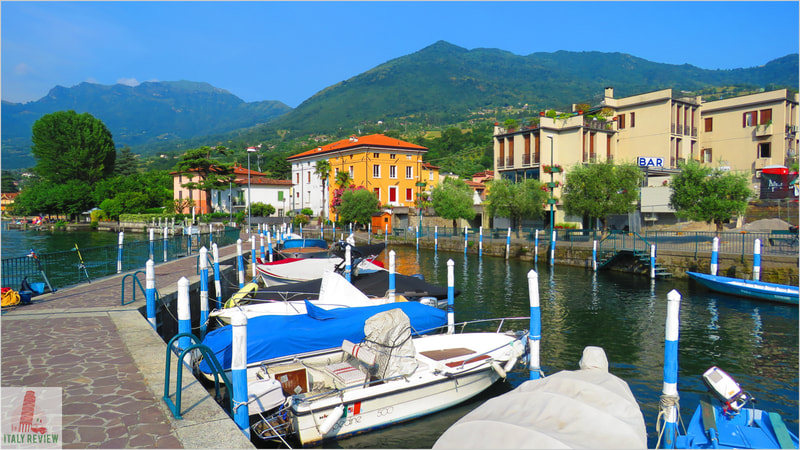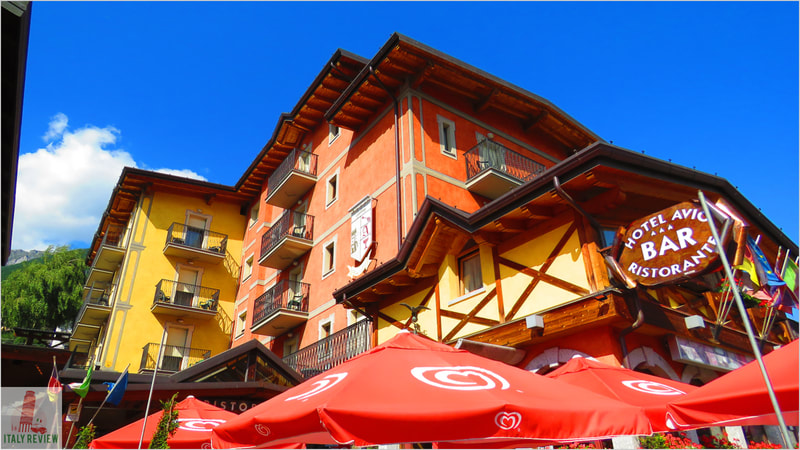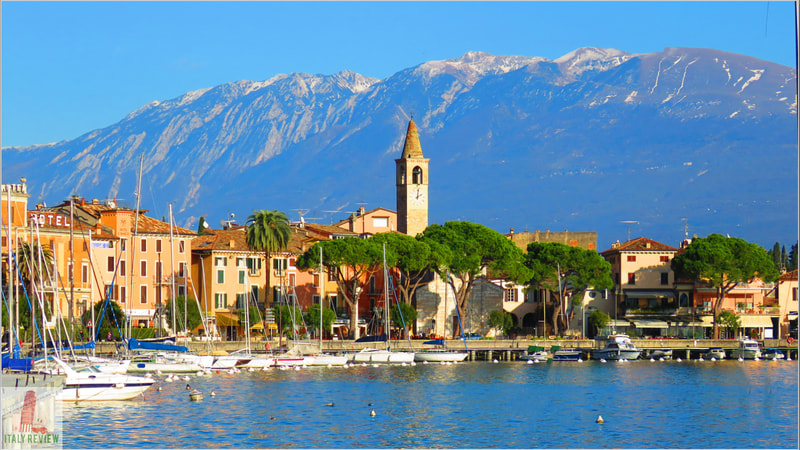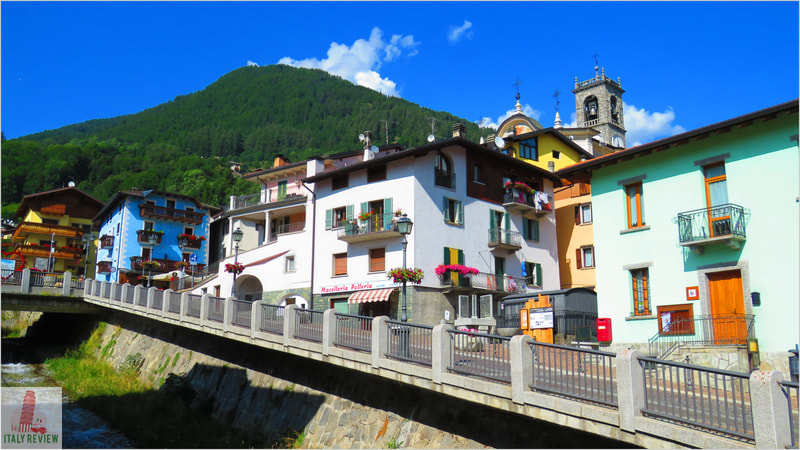Brescia Province
|
By Dion Protani
|
Latest update: 1 December 2023
|
|
The Brescia Province occupies a total geographical area of 4,785 square kilometres, including the provincial capital: Brescia. and is one of the twelve provinces of the region of Lombardy.
Within the province there are 205 provincial towns, known as communes (comune singular or comuni plural in Italian). The total overall population of Brescia Province is just over 1.2 million. |
Among the visitor highlights in the province are a series of lakes such as Lake Garda, Lake Idro and Lake Iseo, around which are dozens of attractive lakeside locations with Sirmione and Monte Isola among the best.
Related links
Profile
Brescia Province, or Provincia di Brescia in Italian, is a region located in the Lombardy region of northern Italy. Brescia, the provincial capital, is the second-largest city in Lombardy after Milan. The province is bordered by the Italian regions of Lombardy to the west, Veneto to the east, Trentino-Alto Adige to the north, and Emilia-Romagna to the south.
History
Brescia Province has a rich and ancient history dating back to pre-Roman times. The region was inhabited by the Gallic tribe of Cenomani before being conquered by the Roman Empire in the 2nd century BC. During the Roman period, Brixia, as Brescia was called, flourished as an important urban center and was known for its wealth and architectural achievements.
Throughout the medieval and Renaissance eras, Brescia experienced significant political and cultural changes, often alternating between rule by various Italian city-states and foreign powers. The province played a crucial role during the Italian unification movement in the 19th century, and it eventually became part of the Kingdom of Italy.
Throughout the medieval and Renaissance eras, Brescia experienced significant political and cultural changes, often alternating between rule by various Italian city-states and foreign powers. The province played a crucial role during the Italian unification movement in the 19th century, and it eventually became part of the Kingdom of Italy.
Historical and Cultural Sites
- Brescia: The city of Brescia itself is home to numerous historical landmarks, including the Brescia Castle (Castello di Brescia), the impressive Brescia Cathedral (Duomo Nuovo), and the Capitolium Temple, a Roman temple complex dedicated to Jupiter, Juno, and Minerva.
- Gardone Riviera: Located on the shores of Lake Garda, Gardone Riviera is known for the Vittoriale degli Italiani, a complex of buildings and gardens dedicated to the poet Gabriele D'Annunzio.
- Sirmione: This picturesque town on Lake Garda is renowned for its Scaliger Castle (Castello Scaligero) and the Grotte di Catullo, a Roman villa ruins complex.
- Iseo: The town of Iseo is famous for its namesake lake and the nearby Montisola, a large lake island, which can be reached by ferry and offers opportunities for hiking and biking.
Natural Attractions
- Lake Garda: Brescia Province boasts a significant portion of Lake Garda's shoreline, Italy's largest lake, offering various water activities and scenic vistas.
- Valcamonica: This valley in the northern part of the province is renowned for its prehistoric rock carvings and petroglyphs, which have been designated a UNESCO World Heritage Site.
- Franciacorta: Known for its vineyards and wine production, the Franciacorta region is an excellent destination for wine enthusiasts.
Tourist Information
- Getting There: Brescia Province is well connected by road and rail to major Italian cities. The Brescia-Montichiari Airport serves the region, while Milan and Verona airports are also within reasonable reach.
- Climate: The province experiences a mild climate, with hot summers and cold winters, depending on the altitude and proximity to the lakes.
- Accommodation: Visitors can find a range of accommodation options, from luxury hotels and resorts to charming bed and breakfasts and agriturismi (farm stays).
- Cuisine: The region is known for its delicious cuisine, featuring local products such as olive oil, wine, and cheese. Traditional dishes include casoncelli (stuffed pasta) and polenta.
Provincia di Brescia
Neighbouring regions: Veneto, Trentino Alto Adige/South Tyrol

